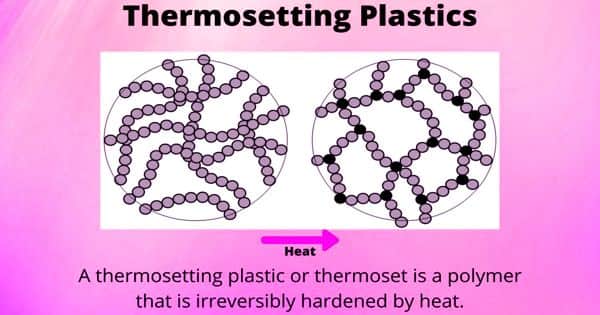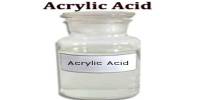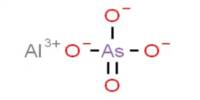A thermosetting polymer which is also known as a thermoset or thermosetting plastic is a polymer consisting of crosslinked structure or heavily branched molecules. A thermosetting polymer, resin, or plastic, often called a thermoset, is a polymer that is irreversibly hardened by curing a soft solid or viscous liquid prepolymer or resin. Thermoset plastics offer an enhanced high-performance combination of thermal stability, chemical resistance, and structural integrity. Thermoset plastics maintain their stability in all environments and temperatures.
Thermosetting plastic is a polymer that irreversibly becomes rigid when heated. Initially, the polymer is a liquid or soft solid. Heat provides energy for chemical reactions that increase the cross-linking between polymer chains, curing the plastic.
Curing is induced by heat or suitable radiation and may be promoted by high pressure, or mixing with a catalyst. These polymers which are in the soft solid or viscous state on heating undergo extensive cross-linking in moulds and become irreversibly hard as well as insoluble products. Heat is not necessarily to be applied externally. Heat provides energy for covalent bond formation, cross-linking the polymer subunits and curing/hardening the plastic. It is often generated by the reaction of the resin with a curing agent (catalyst, hardener).

A thermosetting plastic is a polymer that is irreversibly hardened by heat. Curing results in chemical reactions that create extensive cross-linking between polymer chains to produce an infusible and insoluble polymer network. One of the main properties of thermoset plastics or polymers is that they harden during the moulding process and after solidifying they cannot be softened. Sometimes the heat is applied externally, but it may come from the chemical reaction of mixing ingredients.
Thermoset plastic composites are capable of meeting the specifications of a wide range of production materials at a very low cost. The starting material for making thermosets is usually malleable or liquid prior to curing, and is often designed to be molded into the final shape. Their use allows for an assortment of small and large parts to be fabricated with high production volume while maintaining their repeatability consistently from batch to batch. It may also be used as an adhesive.
Some main advantages of thermosetting plastics include – they are more resistant to high temperatures, they have high levels of dimensional stability, are cost-effective, and allow highly flexible design. Once hardened, a thermoset cannot be melted for reshaping, in contrast to thermoplastic polymers which are commonly produced and distributed in the form of pellets, and shaped into the final product form by melting, pressing, or injection molding. On the other hand, some thermosetting plastics disadvantages include, the products cannot be recycled or reused and the products cannot be remolded or reshaped.
Information Source:







![Report on Corporate Social Responsibility and Small Medium enterprise of Southeast Bank LTD [PART-2]](https://assignmentpoint.com/wp-content/uploads/2013/03/SEB-110x55.jpg)








